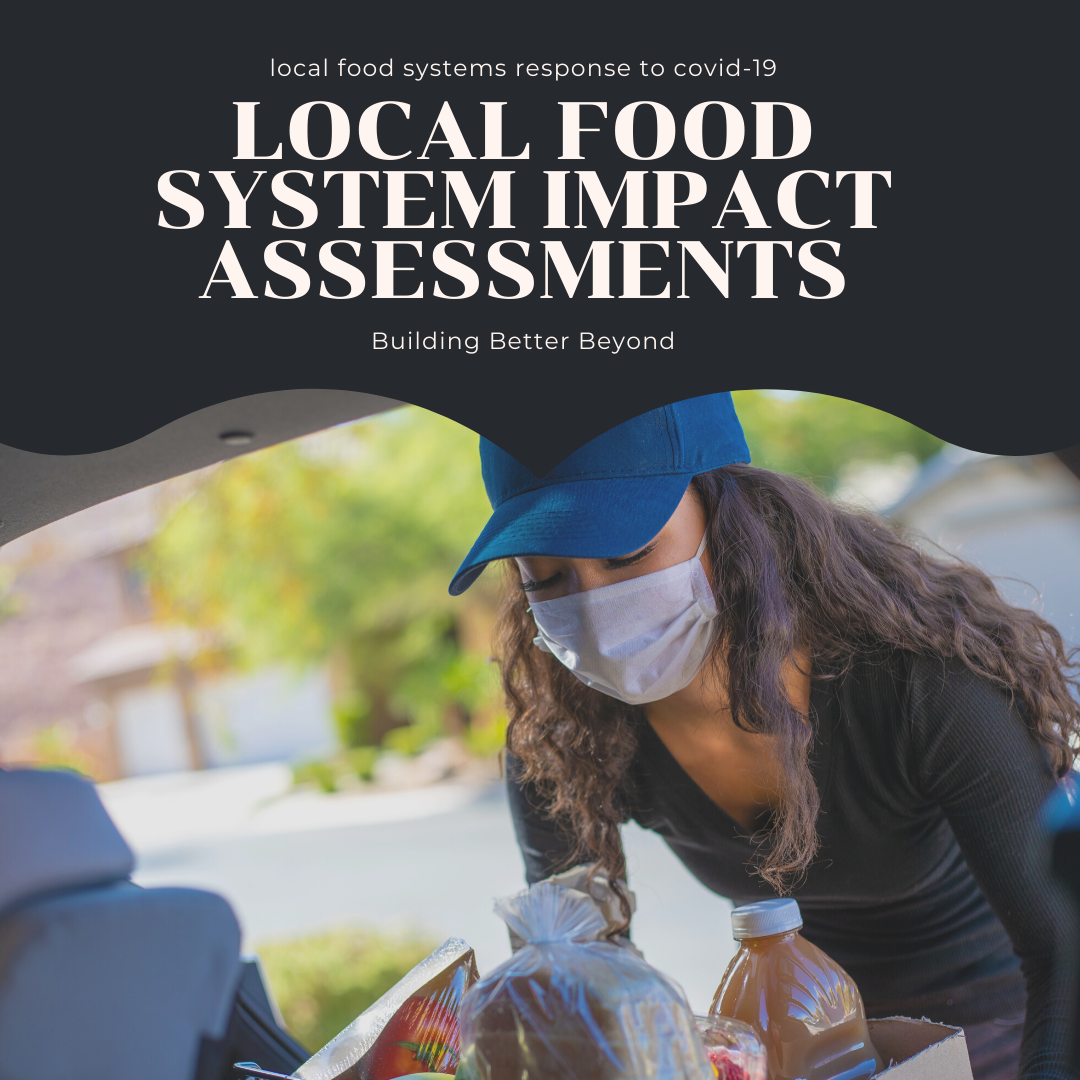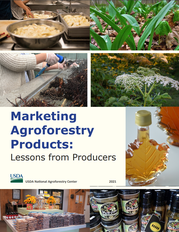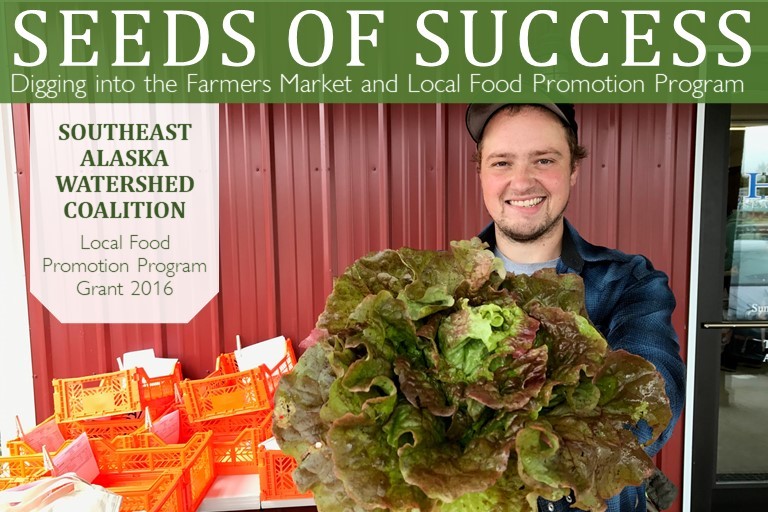|
USDA Publishes Federal Register Notice for Public Input on Racial Justice and Equity
Deadline: Today, July 15, 2021
USDA published a Federal Register Notice requesting public input on its efforts to advance racial justice and equity across the Department. USDA is committed to ensuring equity across the Department and removing barriers to access our programs and services. USDA will use information gathered to identify barriers and opportunities to address systemic inequities and increase participation in USDA programs, services, committees, and decision-making processes.
Meat and Poultry Inspection Readiness Grant (MPIRG)
Deadline: August 2, 2021, 11:59 p.m. ET
$55.2 million in competitive funding is available through the new AMS Meat and Poultry Inspection Readiness Grant (MPIRG) program. Funding will assist currently operational meat and poultry slaughter and processing facilities in obtaining a Federal Grant of Inspection under the Federal Meat Inspection Act (FMIA) or the Poultry Products Inspection Act (PPIA), or to operate as a State-inspected facility that is compliant with FMIA or PPIA under a Cooperative Interstate Shipment (CIS) program.
Impact Assessments
 As part of the Local Food Systems Response to COVID project, AMS partnered with 17 organizations representing different sectors of local and regional food systems. Each organization completed impact assessments of documenting COVID effects on their stakeholders in August 2020 and again in May 2021. A few highlights from the May 2021 snapshots are noted below:
- Online platforms became essential and many farmers markets, CSAs, and food hubs plan to continue using them. CSA shares sold out quickly in 2020 and were often enough to compensate for the sales that were lost to restaurants. Similarly, many food hubs pivoted to direct to consumer sales, which helped make up for the loss of restaurant and school markets.
- Meat processors, which provided value-added meats to restaurants and specialty markets, saw a significant decrease in demand and an increase in demand for its slaughter service. Ranchers booked-out further in advance, but processors faced labor shortages with the increased severity of the pandemic.
- The flour shortage in the national supply chain opened an opportunity for regional millers to fill this gap even as supplies remained tight. Demand for baking and malt businesses is slowly returning as restaurants and retail bakeries reopen.
- Fishers have responded by selling significant amounts of their catch at dockside pick-up sites, and off-boat sales. Home delivery of community supported fisheries (CSF) have also been successful in seafood sales.
- Many independent groceries worked more closely with local farmers and produce suppliers. A remaining obstacle for smaller stores is investment in e-commerce, which larger grocers are doing successfully.
These assessments show that many organizations and stakeholders are rising to the challenges that the pandemic presented and are advancing community food economies that support racial equity and nutrition security.
Agritourism Innovation Brief

In response to COVID-19, agritourism operators developed timed, ticketed entry systems to manage the flow of visitors. By restricting visitor capacity, farm operators could better allocate resources to create safe conditions for visitors. Timed, ticketed entry shifted visitor traffic to less attended weekdays and the nonpeak season. With more evenly distributed crowds, farm operators could focus on maintaining a safe environment. Overall, the ticketing innovation helped build and maintain trust between agritourism operators and their visitors. Additionally, digital platforms allowed farms to access useful data on visitor characteristics, which is helping with long-term customer engagement. Timed ticketing was almost universally adopted by agritourism operators, and most plan to continue using this adaptation.
|

The USDA National Agroforestry Center recently published Marketing Agroforestry Products: Lessons from Producers. Many farmers, ranchers, and forest owners are exploring agroforestry, the intentional integration of trees and shrubs with animal production systems, as a means to adopt more sustainable practices. This publication highlights producer and intermediaries' experiences with marketing agroforestry products, including how operations entered into or created the markets for their products. The publication also highlights how these entities utilized USDA and other federal, state, and local programs, capital, and technical assistance at different phases of market development. The publication includes information on applicable USDA programs and resources, such as the Local Food Promotion Program, Specialty Crop Block Grant, and Value Added Producer Grants. Check out the document in its entirety or individual case studies on pecans, ramps, maple syrup, elderberries, pawpaws, herbs, and ulu fruit.
|
Each month we’re highlighting the work of Farmers Market and Local Food Promotion grant recipients.
Santa Fe Community Foundation

Santa Fe Community Foundation (SFCF) has served the broader northern New Mexico region area since 1981, connecting donors with projects aimed at building healthy and vital communities. SFCF’s Mobile Grocery, MoGro, addresses food access issues through an innovative mobile grocery enterprise. In 2016, MoGro received a Local Food Promotion Program (LFPP) implementation grant to support local and native food production while increasing access to food-insecure communities. The implementation project funds allowed SFCF to build partnerships with relevant community organizations. These relationships supported MoGro’s accomplishments, such as:
- Sourcing, packaging, and delivering $281,510 in locally sourced goods, to roughly 16 community sites and 2,663 new customers.
- Launching a sliding scale pricing system which made products more affordable for the neediest of families while also selling to higher income families, broadening the customer base for local producers and supporting financial sustainability.
|
Southeast Alaska Watershed Coalition
 Southeast Alaska faces many barriers that have led to food insecurity for much of the area. It is geographically isolated with poor roads, high food costs, and limited employment opportunities. The majority of food consumed in Southeast Alaska is imported, which can contribute to higher costs. To address these issues, Southeast Alaska Watershed Coalition (SAWC) developed and implemented a food hub in Northern Southeast Alaska through a Local Food Promotion Program (LFPP) planning grant in 2015 and an implementation grant in 2016. During the implementation grant period, SAWC:
- Established the Salt and Soil Marketplace food hub and expanded to new aggregation and pick up sites during the grant period.
- Helped 209 local food business increase revenue and 10 new farmers enter into local food production.
|